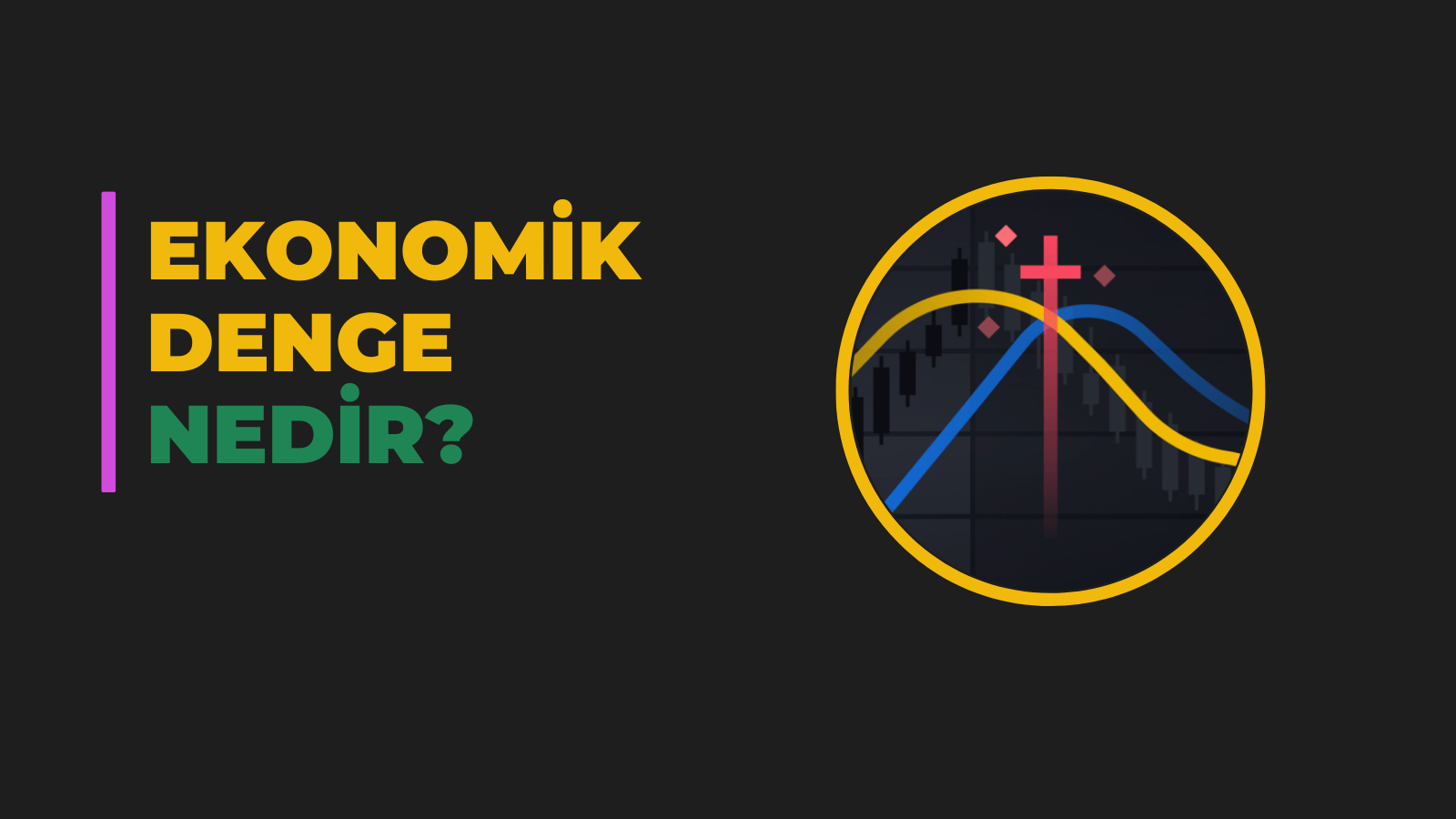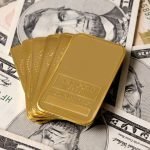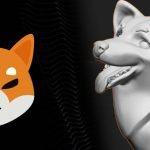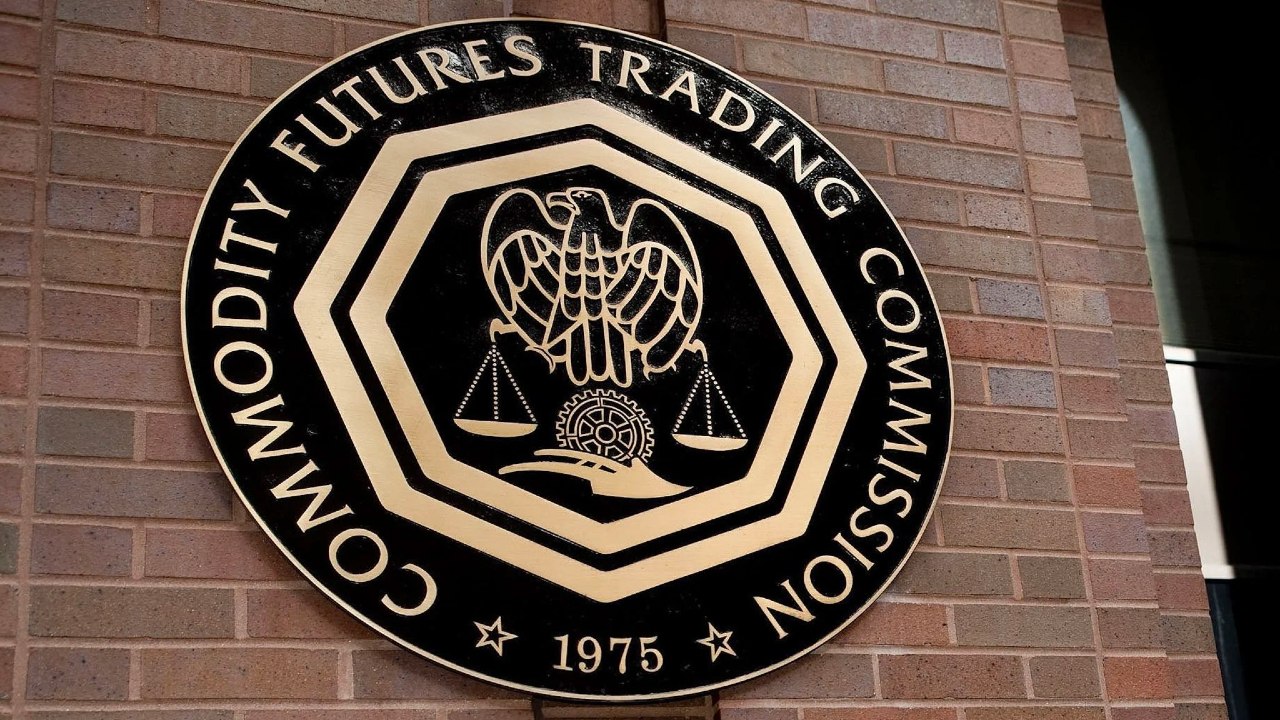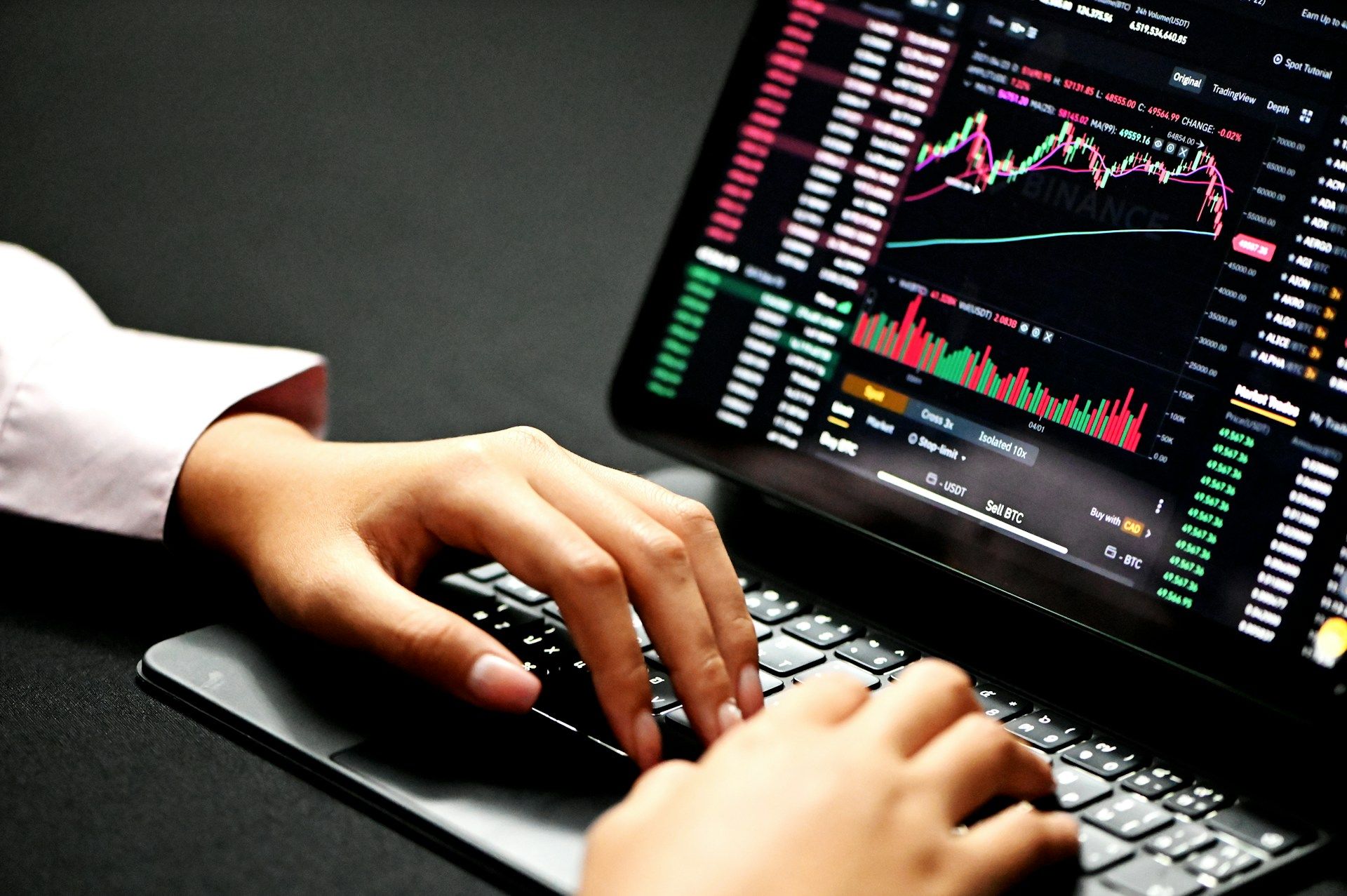Economic equilibrium is a condition or situation in which economic forces are balanced. In reality, economic variables remain unchanged from their equilibrium values in the absence of external influences. Economic equilibrium is also called market equilibrium.
Economic equilibrium is a state in which market forces are balanced, a concept borrowed from the physical sciences where observable physical forces can balance each other.
The incentives that buyers and sellers face in a market, transmitted through current prices and quantities, lead them to offer higher or lower prices and quantities that move the economy towards equilibrium.
Economic equilibrium is only a theoretical construct. Although the market is constantly moving towards equilibrium, it never actually reaches equilibrium.
What is Economic Balance?
Economic equilibrium is the combination of economic variables (usually price and quantity) against which normal economic processes such as supply and demand drive the economy. The term economic equilibrium can also be applied to any number of variables, such as interest rates or total consumption expenditure. The equilibrium point represents a theoretical resting state in which all economic transactions “should” take place, given the initial state of all relevant economic variables.
Equilibrium is a concept borrowed from the physical sciences by economists, who think of economic processes as analogous to physical phenomena such as velocity, friction, heat or fluid pressure. When physical forces are balanced in a system, no other changes occur.
For example, consider a balloon. To inflate a balloon, you blow air into it, forcing air in, increasing the air pressure in the balloon. The air pressure inside the balloon rises above the air pressure outside the balloon; pressures are not balanced. As a result, the balloon expands and lowers the internal pressure until it is equal to the outside air pressure. When the balloon expands enough so that the air pressure inside and outside is balanced, it stops expanding; has reached equilibrium.
In economics we can think of something similar in terms of market prices, supply and demand. If the price is too low in a particular market, the quantity demanded by the buyers will be greater than the quantity the sellers are willing to offer. Supply and demand will not be in balance, as are the air pressures in and around the balloon. As a result, a situation of excess supply in the market, a situation of market imbalance.
So you have to give something; buyers will have to bid higher prices to encourage sellers to leave their goods. As they do, the market price will rise to the level where quantity demanded equals quantity supplied, just as a bubble will expand until the pressures equalize. Eventually it can reach an equilibrium where quantity demanded equals quantity supplied, and we can call it market equilibrium.
Types of Economic Equilibrium
In microeconomics, economic equilibrium can also be defined as the price at which supply equals demand for a product, in other words, where the hypothetical supply and demand curves intersect. This can also be called partial equilibrium if it refers to a market for a single good, service or factor of production, as opposed to general equilibrium which refers to a situation where all markets for final goods, services and factors are present. They balance themselves and each other at the same time. Equilibrium can also refer to a similar situation in macroeconomics where aggregate supply and aggregate demand are in equilibrium.
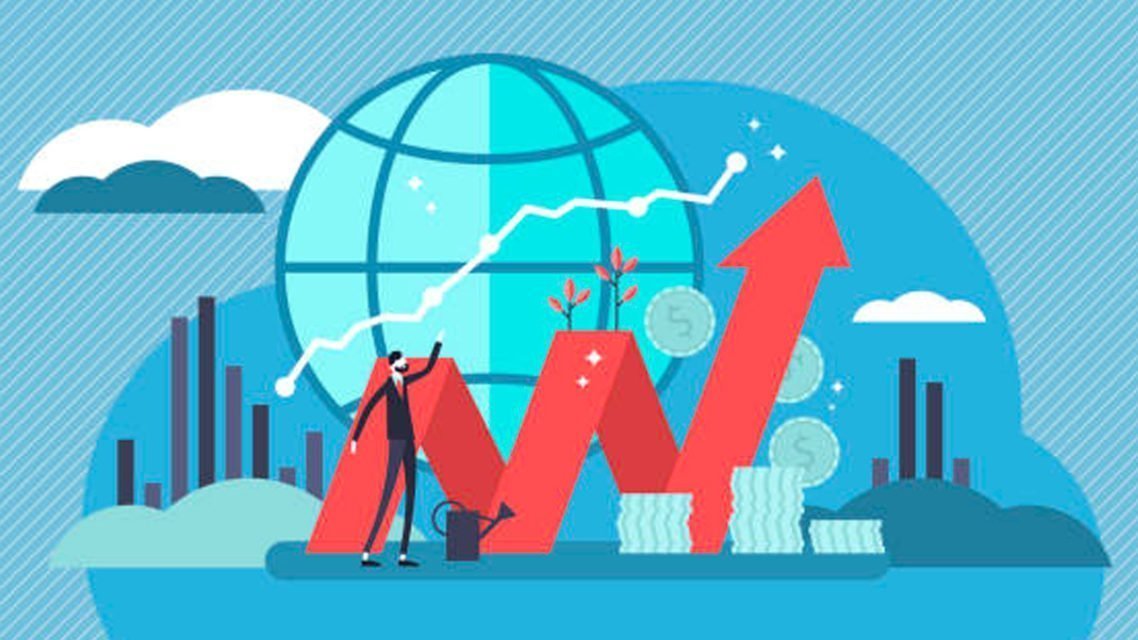
Economic Balance in the Real World
Equilibrium is a fundamentally theoretical construct that may never actually occur in an economy, as the conditions underlying supply and demand are often dynamic and uncertain. The state of all relevant economic variables is constantly changing. In fact, achieving economic equilibrium is like a monkey throwing a dart at a dartboard of random and unpredictably varying size and shape and hitting the dartboard; Both the dartboard and the shooter move around independently on a skating rink. The economy pursues equilibrium before each of them actually reaches it.
With enough practice, the monkey can come pretty close. Entrepreneurs compete across the economy, using their judgment to make educated guesses about the best combinations of goods, prices, and quantities to buy and sell. Because a market economy rewards better forecasters through the profit mechanism, entrepreneurs are rewarded for actually moving the economy towards equilibrium.
Business and financial media, price circulars and advertising, consumer and market researchers, and developments in information technology all make information about relevant economic supply and demand conditions more accessible to entrepreneurs over time. These market incentives to choose for better predictions about economic conditions, and the increased availability of better economic information to train these predictions, accelerate the economy towards “correct” equilibrium values of prices and quantities for all the various goods and services produced.
What Does Equilibrium Price Mean in Economics?
Economic equilibrium is used in microeconomics as it relates to price. It is the price at which supply of a product aligns with demand so that the supply and demand curves intersect.
Is There an Economic Balance?
Economic equilibrium is seen as a concept or theoretical construct rather than a realistic goal, due to the improbability of economic conditions aligned to create a perfectly balanced environment for price and demand.
What Are Two Types of Economic Equilibrium?
In microeconomics, the term refers to the balancing of supply and demand; In macroeconomics, it refers to a situation where aggregate supply and demand are in balance.

